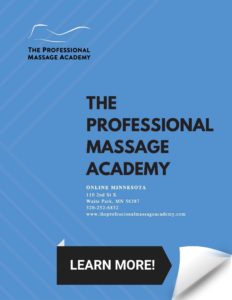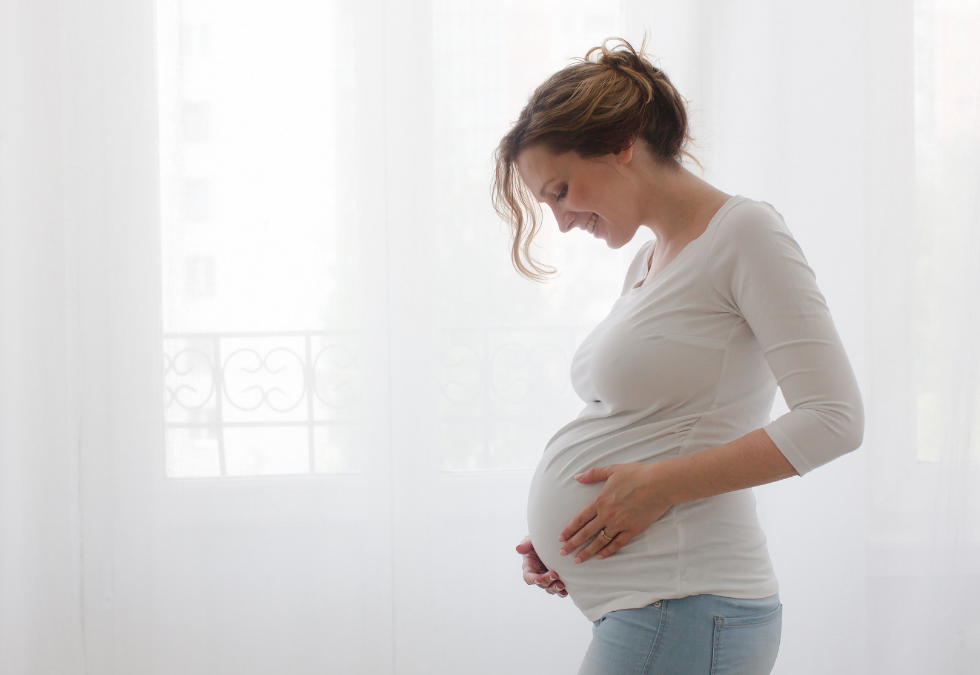There are ample benefits of prenatal massage, and this is often highly recommended for pregnant women. Getting massages during your pregnancy can help with physical ailments as well as emotional, mental, hormone-related, stress-related and other potential ailments or conditions.
In terms of physical ailments that one may experience during pregnancy, massage therapy is often a great treatment choice. There can be soreness, tightness, and even pain in muscles, which can be decreased or alleviated by massage. There can also be issues related to increased swelling and ligamentous changes, which massage can benefit. Common areas that the Massage Therapist will work on during a prenatal massage are low back, neck, gluteals and hips, and even the abdominal region as indicated. Massage therapy can also prevent pain and issues.
Emotional and Mental Health Benefits
Other benefits of massage therapy while pregnant are related to emotional and mental health. It is not uncommon for pregnant woment to experience changes or “ups and downs” related to this, and massage can help to decrease stress and symptoms. When we receive a massage, our mind and body are able to relax and calm down, thus allowing us to get out of the stressful “fight or flight response.” This, in turn, brings us into the parasympathetic nervous system response, otherwise known as “rest and digest.” Relaxation and de-stressing are very important for our emotional and mental health at any time in life, and especially when pregnant.
Prenatal massage is also beneficial for improving our “mood-boosting” hormones, such as oxytocin. This can improve our mood and decrease stress. Massage can help to regulate our sleep-cycle and decrease our stress hormone called “cortisol.”
How Prenatal Massage is Different
Now, here are some logistics specific to prenatal massages and how it is different. Depending on how far along one is at in her pregnancy journey, there may be specific positions that need to be avoided. For example, in the second trimester it is often not possible to lay on one’s stomach. This position can be avoided completely. The therapist can use certain pillows, tables or bolsters that allow for a space for the client’s belly.
It is also not advised for the client to lay completely flat on their back as they are further along in their pregnancy. This is related to the possible occlusion of veins and arteries in the trunk region by the pressure from the heavier/larger uterus pressing down. There are bolsters that can allow for the person to keep their trunk at an incline. One might also prop one hip up higher than the other (as in the “quarter side-lying” position).
Often, side-lying is a great position for a massage session. The use of a pillow or bolster between the knees, under the head, under the abdomen and/or the client hugging the pillow are all helpful for propping, safety and comfort. The client and Therapist should discuss these options. They should also be aware of any symptoms that may result during the session. Some pregnant women prefer a seated massage option, with an opening for their abdomen.
Post Prenatal Massage Care
As with any client, and especially those carrying child, massage “Post-care” techniques include properly hydrating, eating the right foods, gentle stretching, and light walking. After a massage, it is good to eat foods that replenish your nutrients. These could be green vegetables, protein and non-processed/sugar-free foods. Gentle stretching techniques can help to prevent soreness or stiffness. Light and non-strenuous walking can improve post-massage soreness as well. However, do not over-tax your body – keep it light!
 To learn more about our online massage therapy program, click here!
To learn more about our online massage therapy program, click here!
For more massage therapy content, follow our Instagram page!


Recent Comments